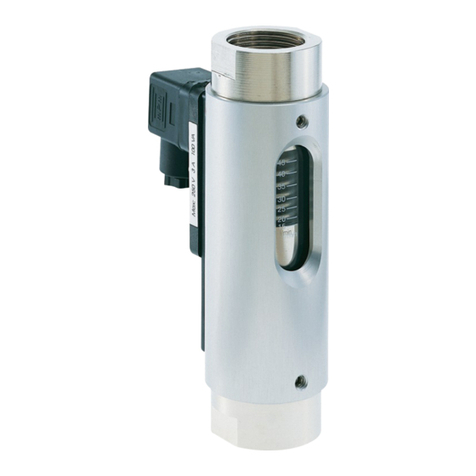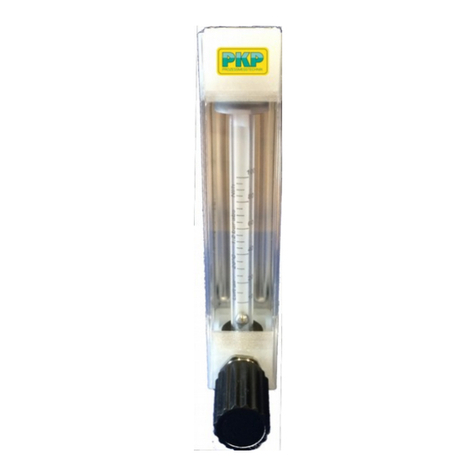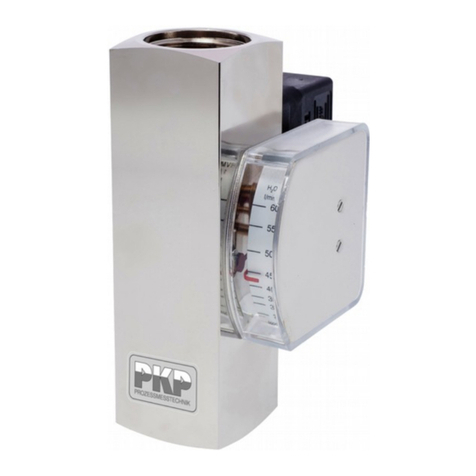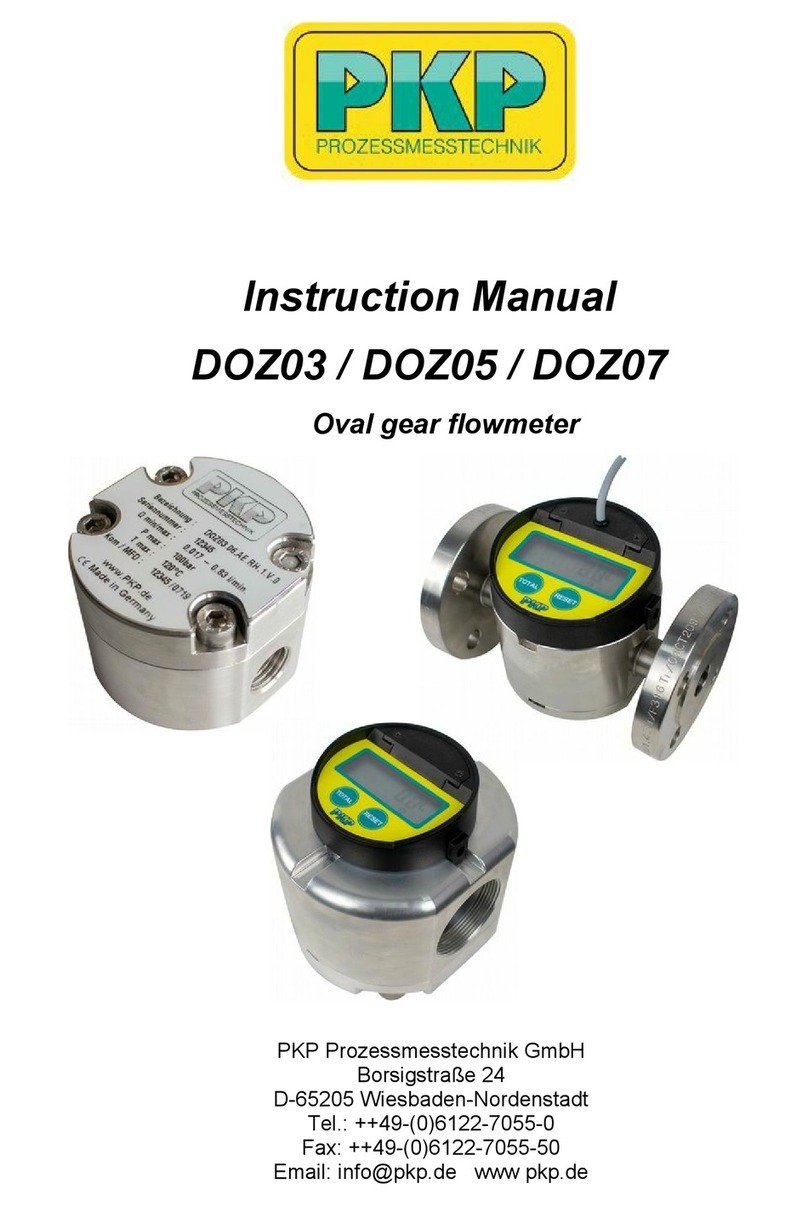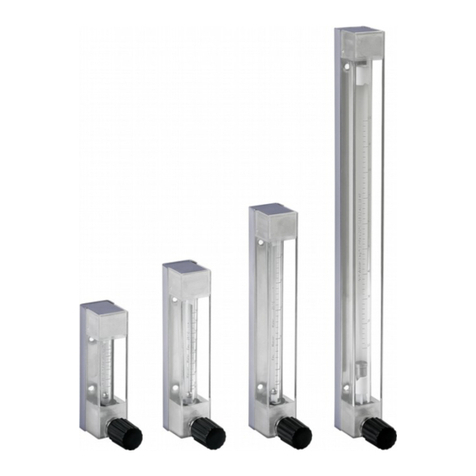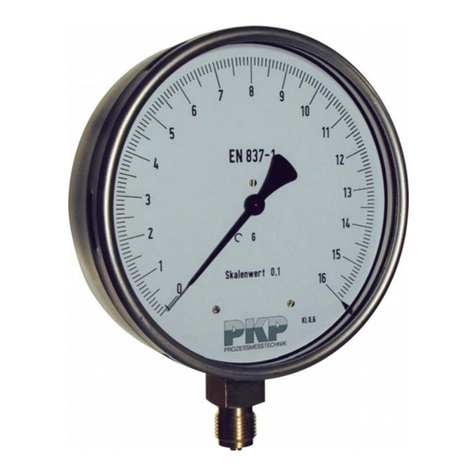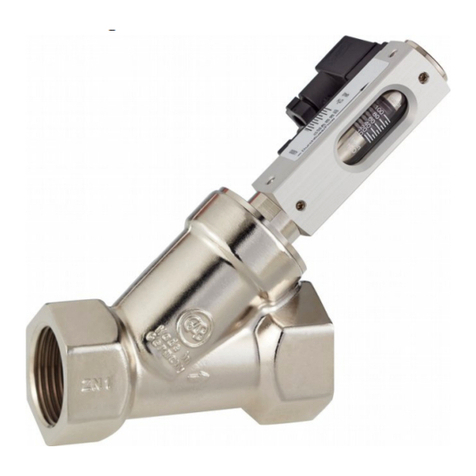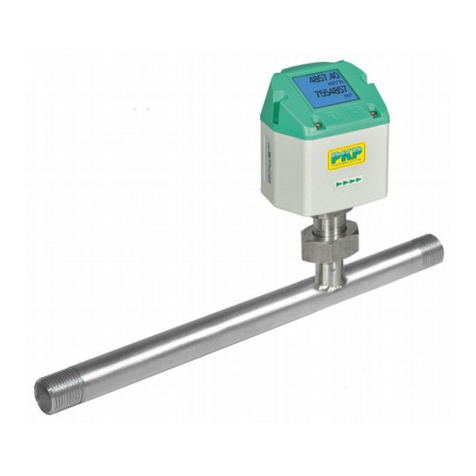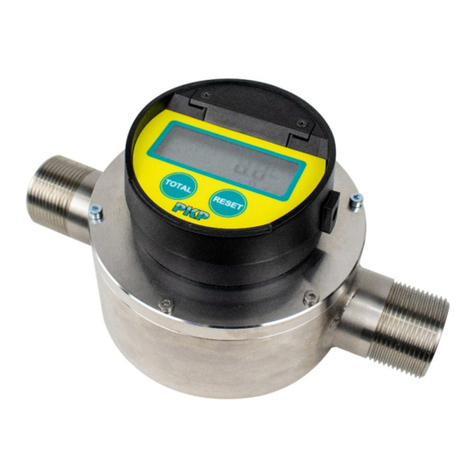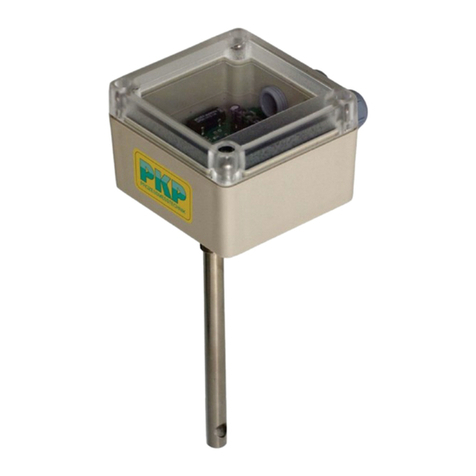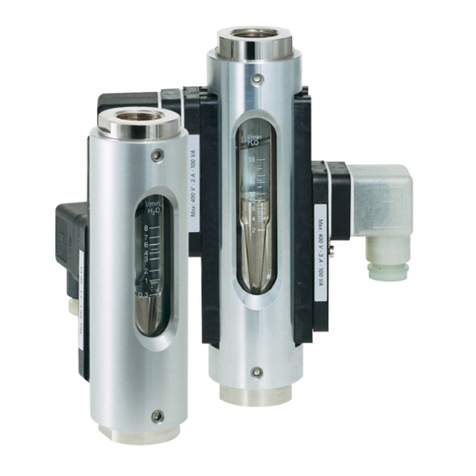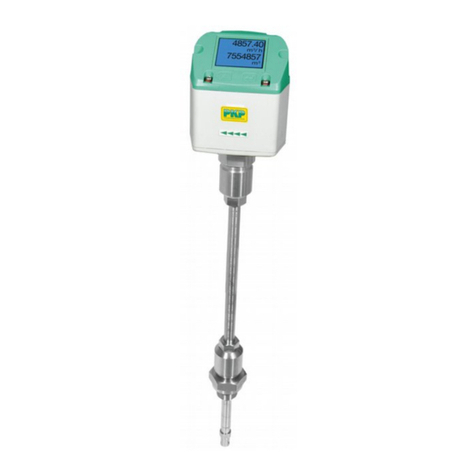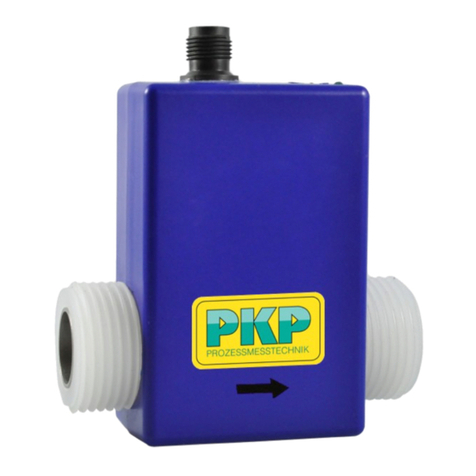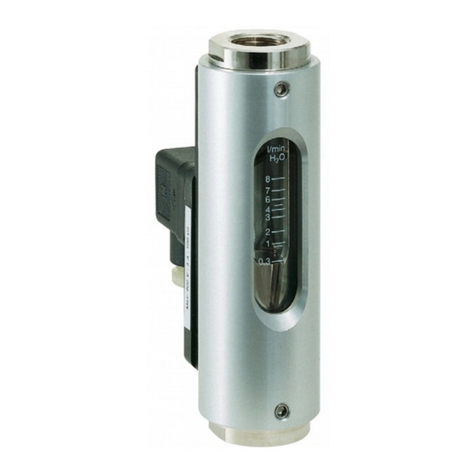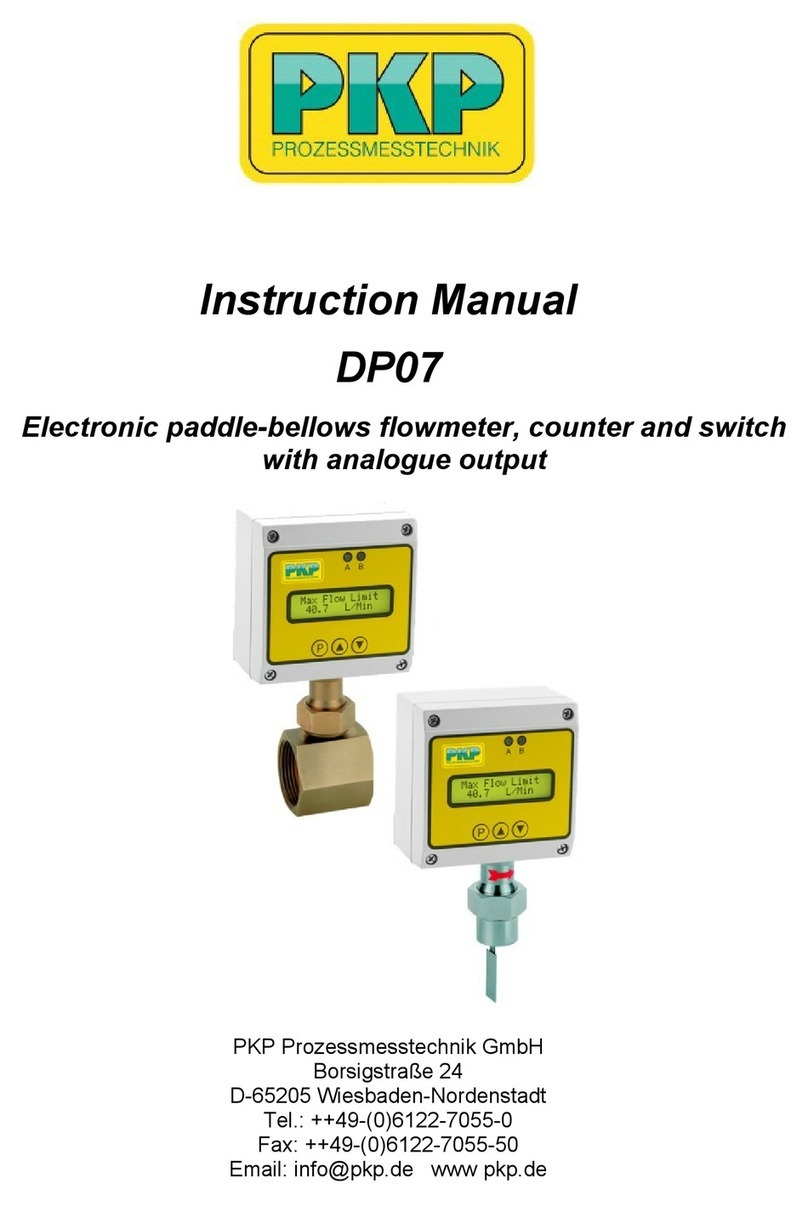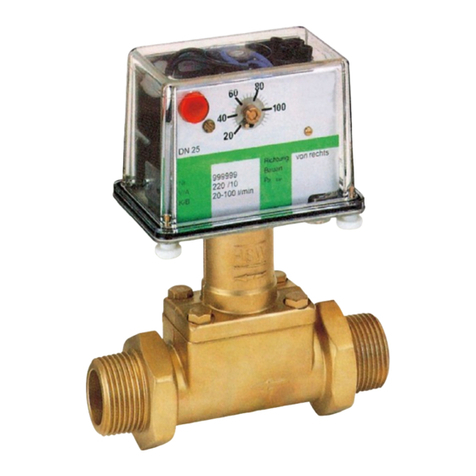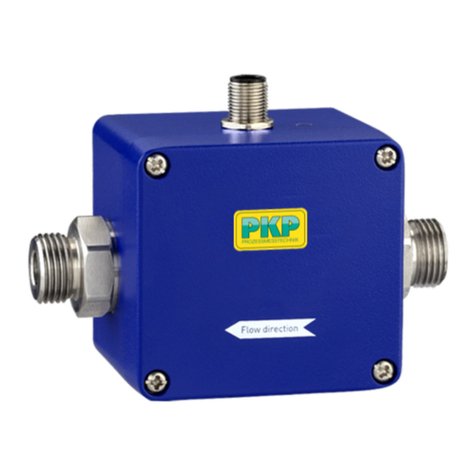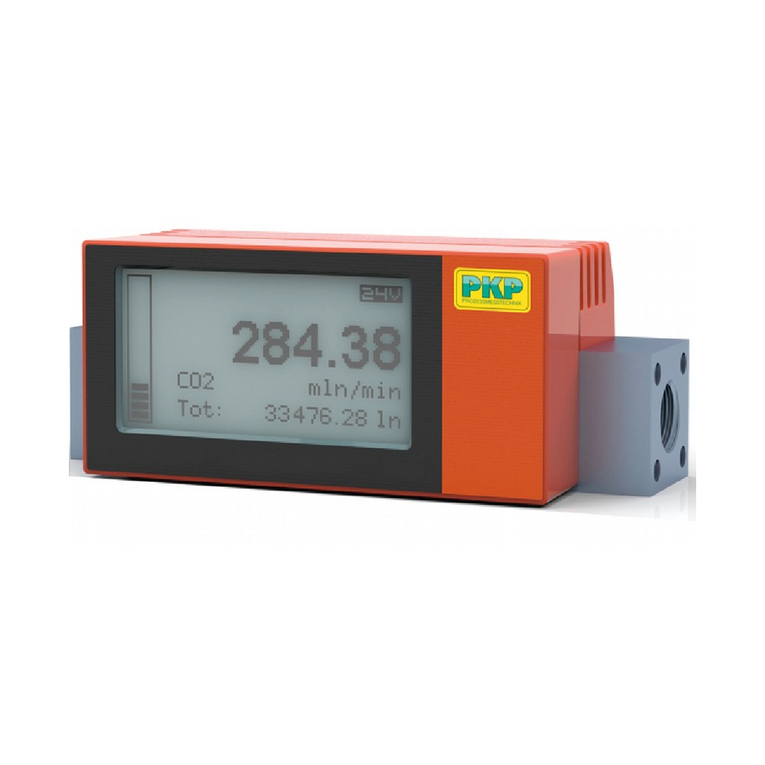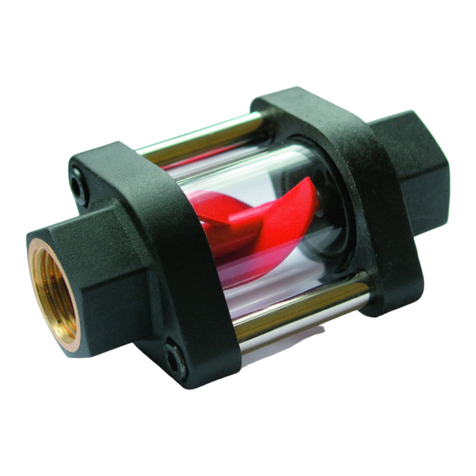Table of Contents
Safety Information..................................................................................................................2
Installation and Commissioning.............................................................................................3
Wiring.....................................................................................................................................4
Limit switch (option K1 to K8)................................................................................................7
Service and Maintenance......................................................................................................7
Removing the measuring tube...............................................................................................8
Assembly of the measuring tube...........................................................................................8
Explosion drawings................................................................................................................9
Electronic transmitter (option)..............................................................................................11
Limit switch (option).............................................................................................................11
Controller (option)................................................................................................................12
Safety Information
General Instructions
To ensure safe operation, the device should only be operated according to the
specifications in the instruction manual. The requisite Health & Safety regulations for a
given application must also be observed. This statement also applies to the use of
accessories.
Every person who is commissioned with the initiation or operation of this device must have
read and understood the operating instructions and in particular the safety instructions!
The liability of the manufacturer expires in the event of damage due to improper use, non-
observance of this operating manual, use of insufficiently qualified personnel and
unauthorized modification of the device.
Proper sage
The devices of the DS20 series are used to monitor the continuous flow of liquids and
gases. Any other use is considered improper. Unless otherwise indicated, the scales of
the devices refer to water at 20 °C or air at 1.013 bar abs. and 0 °C. In particular,
applications in which shock loads occur (e.g. clocked operation) should be discussed and
checked beforehand with our technical personnel.
The devices of the DS20 series must not be used as the sole means of preventing
dangerous conditions on machines and systems.
Machines and systems must be designed in such a way that faulty conditions cannot lead
to a dangerous situation for the operating personnel.
Dangerous substances
For dangerous media such as e.g. Oxygen, Acetylene, flammable or toxic substances as
well as refrigeration systems, compressors, etc. must comply with the relevant regulations
beyond the general rules.
DS20 Instruction manual 02/2019 page 2













